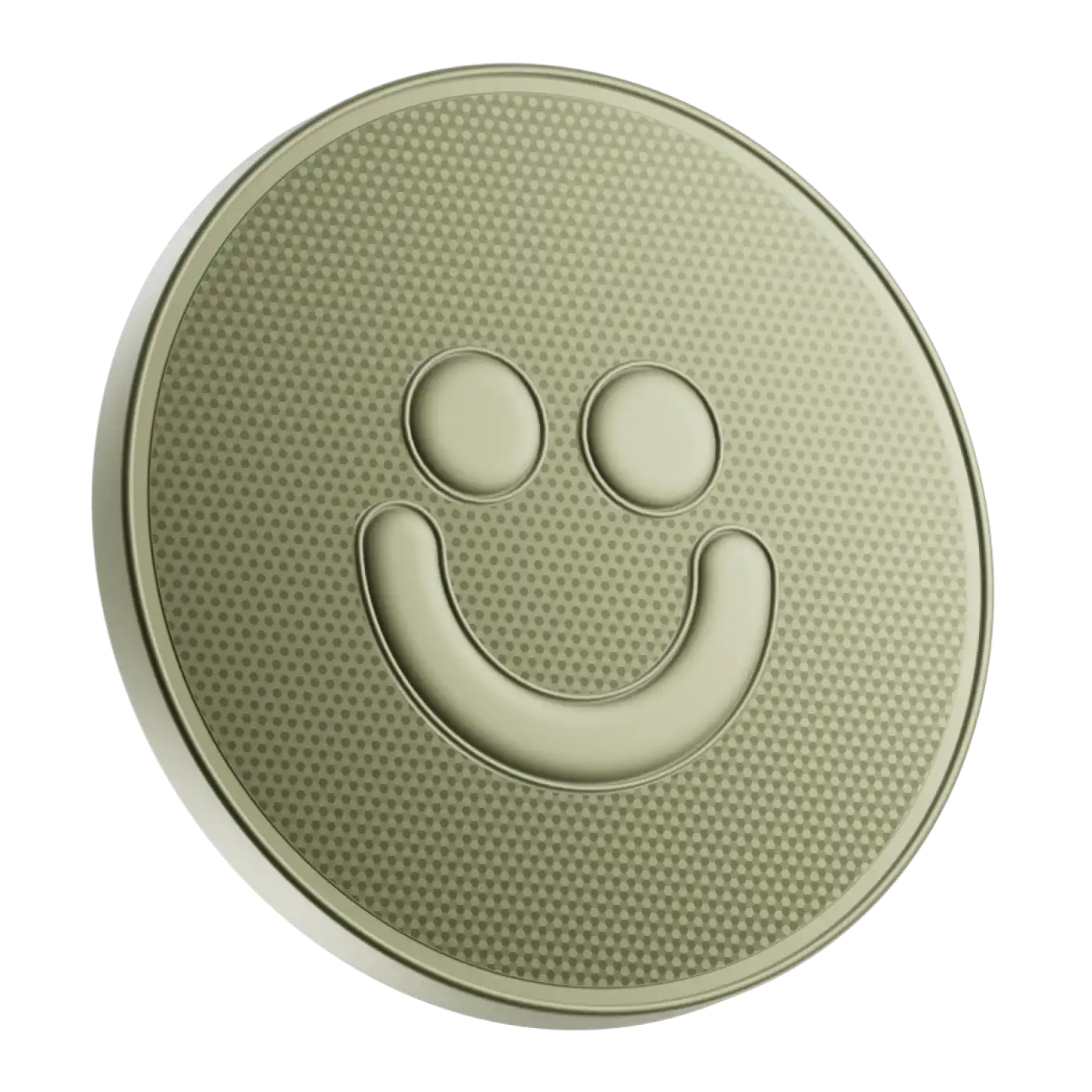Employees can claim various tax rebates, including work-related expenses that weren't reimbursed by their employer during the tax year. The T777, also known as Statement of Employment Expenses, is one of the forms available for employees looking to claim various types of expenses we'll discuss shortly. Below is an overview of the form, including when it is necessary to fill one, who should fill it out, and how to do so.
What is Form T777?
The Statement of Employment Expenses is a unique form with several sections and boxes. It is designed for employees that want to claim work-related expenses that were not reimbursed by an employer. The form is usually submitted along with T2200 (Declaration of Conditions of Employment), issued by the employer denoting expenses the employee was required to incur. Essentially, if the employer did not require you to incur those costs, you cannot claim it on your T777.
You also won't be able to claim expenses that were reimbursed by your employer. However, you can claim accounting and legal fees, motor-vehicle expenses, lodging and showers, business advertising/promotion and parking and travelling expenses. You can also claim meals and entertainment expenses, supplies, interest and leasing costs, expenses for workspace in the home, license and bonding premiums and training costs. Other T777 expenses include salaries paid to an assistant or substitute, long-distance phone charges and airtime, office rent, and equipment leasing.
Who Should Fill Out a T777?
If you were required to incur expenses in order to facilitate your work during a tax year, and they weren't reimbursed by your employer, then you can claim those expenses using the T777. The form is available from the CRA's official website and allows you to claim various expenses named above. It features multiple sections as follows:
Expenses – In this section, enter all payments you are claiming on your income tax return. You can claim accounting fees, advertising and promotion costs, legal fees, meals, lodging, parking, entertainment, supplies and allowable motor vehicle expenses. Other expenses include apprentice mechanic tools, tradesperson tools, artist employment, musical instruments and capital cost allowance. The total for all expenses calculated is entered in line 22900 of your income tax return.
Allowable motor vehicle expenses – In this section, you can claim motor vehicle expenses incurred during the tax year. You are required to include the make, model and year of the vehicle and total kilometres driven. Eligible motor vehicle expenses include fuel, maintenance, repairs, license, registration, insurance, capital cost allowance, interest, leasing. You can also specify the expense.
Work space in the home expenses – This section is for taxpayers that work from home or use part of the house as an office. You can claim various work space in the home expenses on lines 17 to 25 of the form, including electricity, heat and water, insurance, maintenance and property taxes. You can also specify payments not featured on the form. This section allows you to add amounts from previous tax years or set amounts for future tax years.
Capital cost allowance – Also known as depreciation, capital cost allowance allows you to claim part of the cost of specific equipment, such as a guitar, motor vehicle and other eligible instruments. You can claim these amounts if you use the instrument to earn income for your employer and allows you to get rebates for the depreciating value of your asset. The section has two parts, one for Classes 8, 10, 54 and 55, and the other for 10.1. You can find more about each class from the CRA website.
Taxpayers can claim capital cost allowance if they meet specific eligibility requirements, including all employment conditions and those specified in the allowable motor vehicle expenses section. It is available for special commission and salaried employees and employed musicians required to use personal musical instruments.
What Determines Whether a T777 Is Necessary?
While the T777 allows you to claim employment expenses, not all employed taxpayers can use this form. Only expenses that the employer required you to incur can be claimed. For this, you need a separate slip (T2200) from your employer, indicating all the necessary expenses you incurred. A comprehensive guideline for filling the T777 and determining who is eligible is found in CRA T4044. However, two main conditions determine whether a T777 is necessary. These are:
You incurred expenses that were required as a condition of employment
This includes only the expenses features on the form. Any other expense must be specified as required. You will also need additional T2200 slips from your employer, showing all the eligible expenses you can claim.
2. The employer did not reimburse the expenses
If your employer reimbursed your work-related expenses, you can't claim them again on the T777. Reimbursements don't always have to be in cash, so it is essential to determine the costs the employer paid for and remove them from the form.
How Can I Fill Out a T777?
If you have eligible expenses to claim on the T777 taxpayer form, you can head on to CRA My Account to download the fillable, saveable form. It is also recommended to get T4044, a comprehensive guideline for Employment Expenses and how to claim them on your return. Form filling and submission can also be completed online, which is convenient. It is important to enter accurate information and you should request form T2200 from your employer to ensure you only include eligible expenses. The T2200 is primarily used to complete T777 and is submitted together. Make sure you deduct any rebates, reimbursements and allowances when calculating the allowable expenses. Use CRA's NETFILE and EFILE to complete online form submission. Reliable tax preparer services like Simple Tax can also help you successfully submit the T777 Statement of Employment Expense form.



